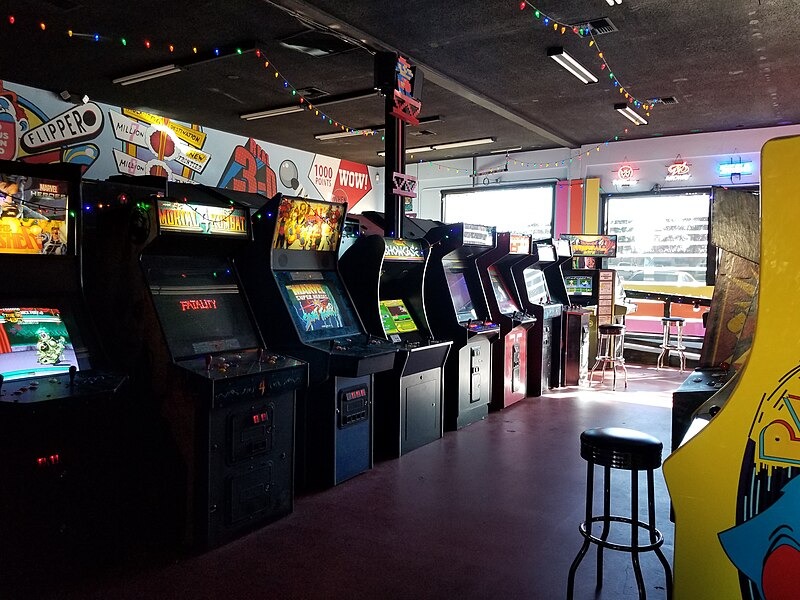Long before smartphones and sleek UI, gaming had a heartbeat that pulsed through neon-lit arcades. The sounds, the lights, the tight controls—it wasn’t just play, it was a ritual. What’s remarkable is how that same DNA is shaping modern digital experiences today. The arcade spirit, once confined to dusty cabinets, now powers everything from online casinos to productivity apps.
And it’s not just a matter of design nostalgia. Classic arcade games cracked the code on human attention, motivation, and reward—and digital platforms are still using those lessons, just in high-res.
The Magic Formula Behind the Madness
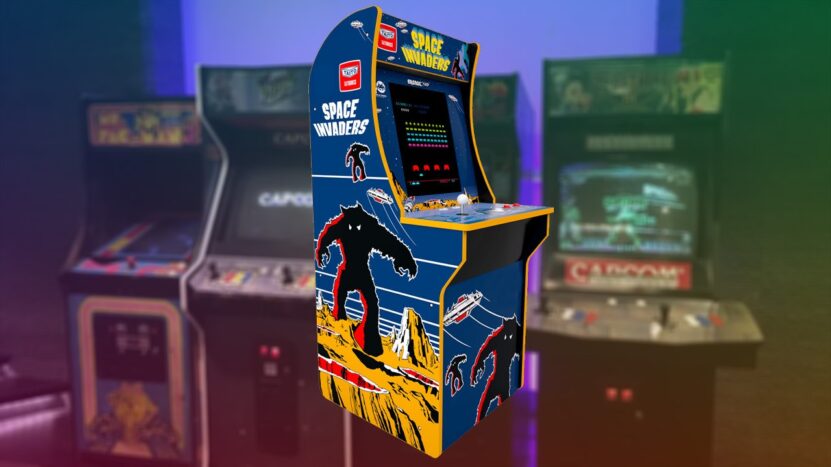
What made arcade games irresistible wasn’t graphics or storylines—it was feel. You didn’t need a manual. You just stepped up and played. That’s because the best arcade games operated on a formula as tight as their pixel grids:
- Simple entry, steep mastery: The first 30 seconds were easy. Surviving three minutes? That took real skill.
- Instant feedback: Every action had a satisfying sound, flash, or reaction. You knew you hit the mark.
- Failure as progress: Losing wasn’t the end—it was motivation to try again, faster, better.
These same mechanics now fuel everything from social apps to finance tools. Why? Because they respect your time, and your attention span. You’re not punished for checking in for just 60 seconds—you’re rewarded.
Where the Retro Meets the Real-Time
Many new platforms don’t just borrow from arcade mechanics—they build on them with modern connectivity, real-time multiplayer, and global communities.
One such example is Royal Casino. While it operates in the digital space, it brings the tactile spirit of the arcade floor to your fingertips. Games are fast, colorful, and reward-focused. There’s a clear lineage between the dopamine loop of slot spins and the satisfaction of nailing a perfect combo on Street Fighter II.
What Royal Casino gets right isn’t just the visual nods to retro—it’s how they structure the experience. You jump in, you play, you get feedback. And crucially, you get better. That’s a classic arcade principle, dressed in modern UX.
Leaderboards and Loyalty Aren’t New—They’re Reinvented
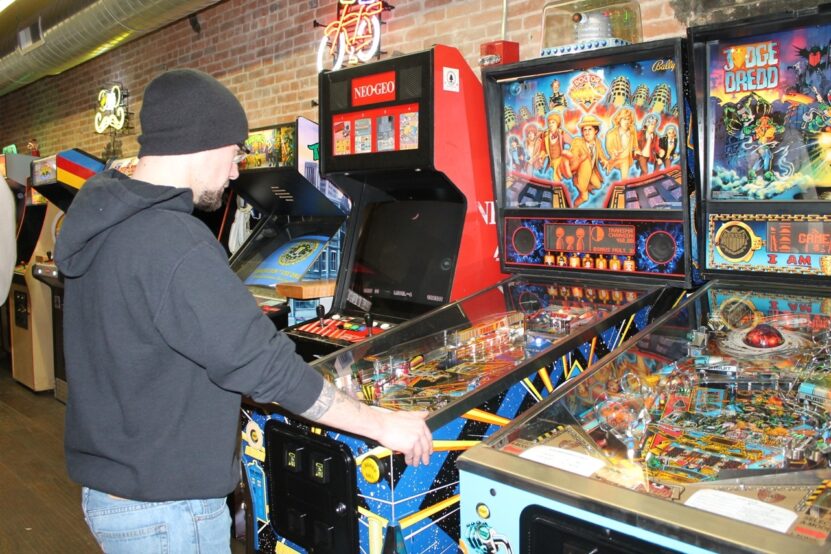
Remember those initials on the top of the screen? Getting your three-letter name on the leaderboard at your local arcade meant everything. That’s not a relic. It’s reborn.
Online platforms have simply upgraded the scope:
- Global scoreboards track weekly champions, adding new incentives to repeat play
- Tiered reward systems (like VIP levels, season passes, and loyalty perks) echo the ‘frequent player’ effect
- Public badges and rankings turn performance into identity—just like in the arcade days
But it’s not just about ego. It’s about habit. Seeing your progress stacked against others is one of the strongest drivers of return visits—and the arcade world knew this decades ago.
Old-School Design Still Wins Hearts
Why do so many modern games and platforms lean into 8-bit art, neon colors, and synth-laced soundtracks?
Because they trigger something emotional, not just visual. Those choices tell your brain: “This is familiar. This is safe. This is fun.”
And it’s not limited to games. Think about these examples:
- Budgeting apps with coin sounds when you hit a savings goal
- Fitness trackers that use pixel avatars for progress
- Education platforms with “lives,” “boss levels,” and timed challenges
Arcade design—at its heart—was about clarity and charm. That charm translates beautifully into digital environments that need to earn trust fast.
What Developers Still Study from Arcades
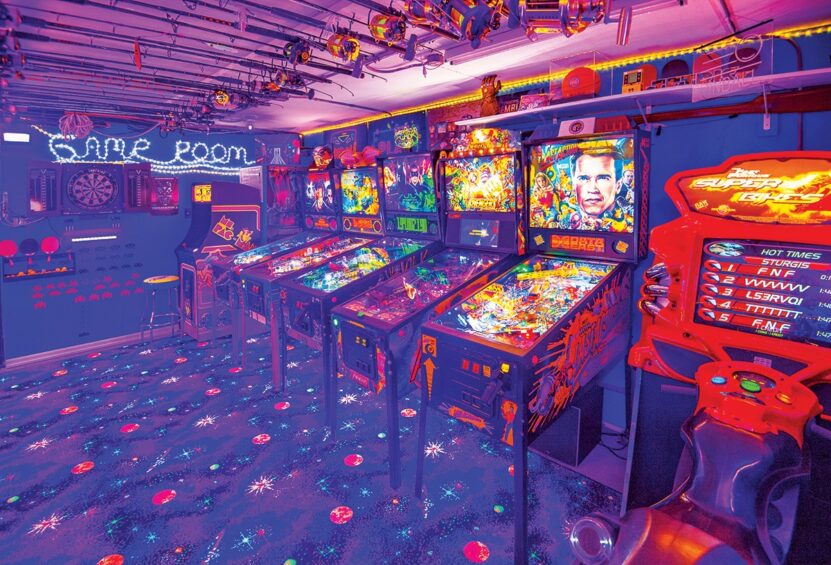
It might surprise you to learn how many modern app teams and game developers actively study classic arcade games to improve retention and user flow.
Here’s what they’re learning:
- Pacing is everything: If you don’t hook a user in the first five seconds, they’re gone.
- “One more try” beats perfection: Designing for retryability (not just win conditions) keeps players engaged longer.
- Audio matters: The right sound at the right time increases satisfaction by up to 50%, according to UX research.
Even in big-budget development houses, arcade postmortems are common. Teams break down why Donkey Kong still works or how Tetris induced flow states. These games, despite their age, offer evergreen principles.
Platforms Beyond Gaming Are Catching On
The arcade model isn’t just for fun anymore. The whole world is getting gamified—and that means classic design theory is quietly shaping serious platforms too.
Look at these use cases:
- Productivity tools add streak counters and visual rewards for task completion
- Language-learning apps structure lessons like stages and levels
- E-commerce platforms gamify customer journeys with points, badges, and unlockable perks
This isn’t gimmickry—it’s smart design. And it all stems from the arcade’s central lesson: when users feel rewarded and recognized, they come back.
The Speed Factor: Designed for Micro-Moments
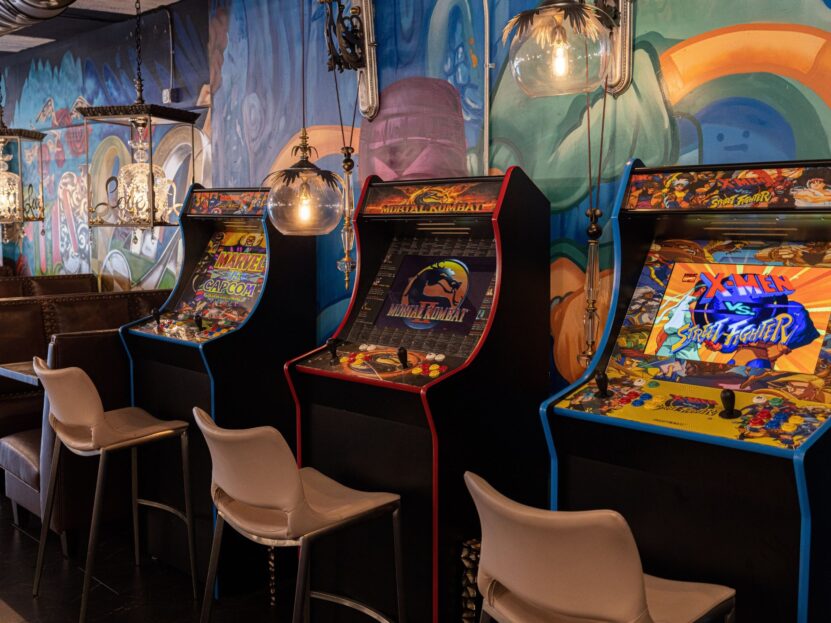
Another reason arcade DNA fits perfectly in the modern world? It’s built for bursts. And that matches our fractured digital habits.
We check apps in elevator rides. Play games in 3-minute breaks. Scroll between meetings. Arcade-style platforms thrive in this context. They’re:
- Low commitment: You can jump in anytime, no long tutorial
- High stimulation: Colors, motion, sound—your senses are engaged fast
- Time-flexible: Whether 90 seconds or 20 minutes, the experience adapts
So… Why Does It Still Work?
The short answer? Because it’s human.
We’re still wired for short-term rewards, visual confirmation, and escalating mastery. Arcades weren’t just games—they were behavior labs. And they discovered what works. Platforms today are just evolving those same inputs, shaped by better tech and smarter data.
Even the push toward AI personalization and predictive design? It echoes the way arcade cabinets once adjusted difficulty based on how many lives players burned through.
We’re not copying the arcade. We’re continuing its story.
The Legacy of a Joystick
Classic arcade games may seem like a charming footnote in gaming history, but in truth—they’re the blueprint for a huge chunk of our digital world. They taught us that simplicity isn’t shallow, that competition builds community, and that even a few glowing pixels can keep us playing for hours.
So the next time you tap your screen, spin a wheel, or level up a digital badge, remember: you’re not just engaging with code. You’re dancing with the legacy of arcades. One quarter at a time.

